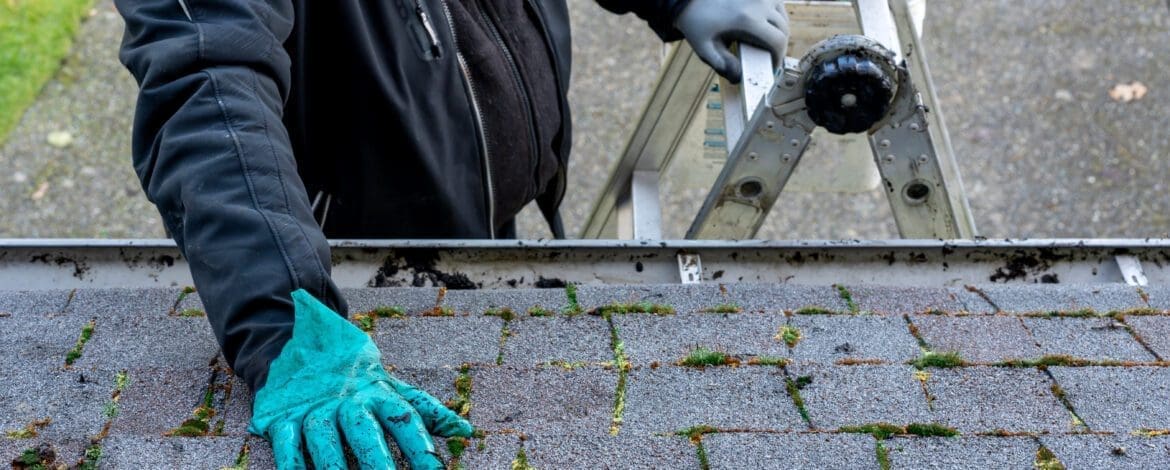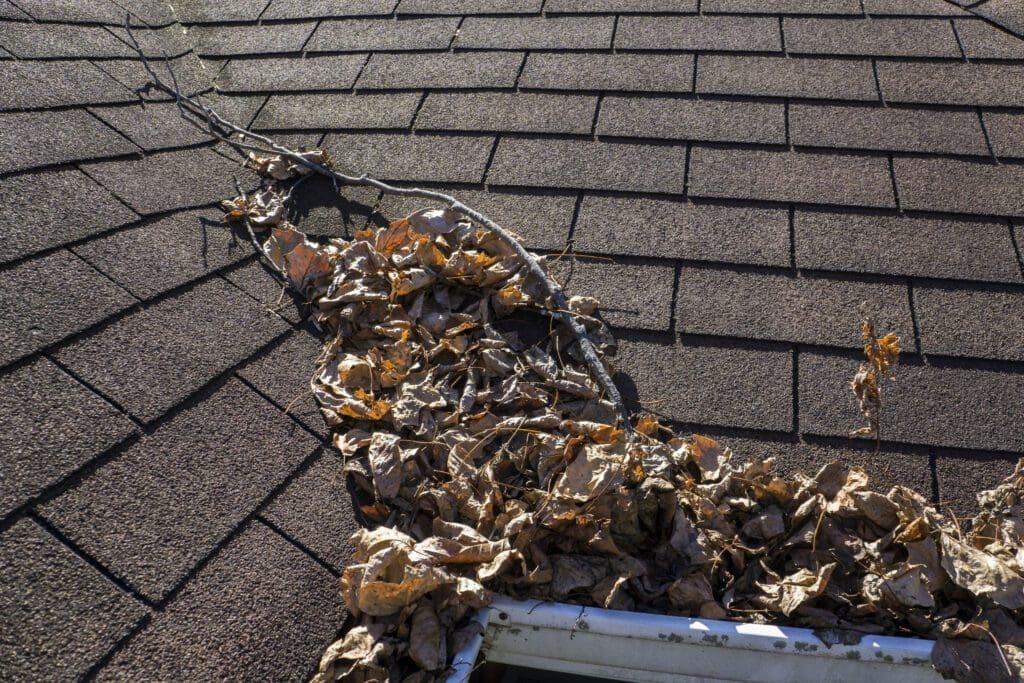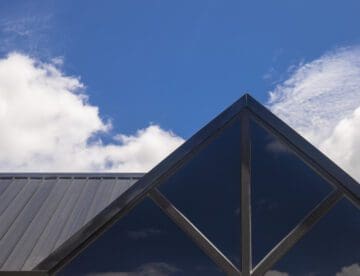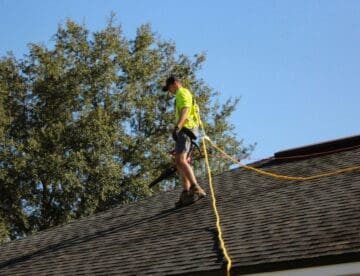Getting a new roof on your home is one of the largest purchases that most people make in their lives. That gives some incentive to do what you can to maximize your roof’s lifespan. Fortunately, you can do a few things, and most are totally simple and easy. Read on for some tips.
Use A Top Contractor
There’s simply no substitute for hands-on experience and a commitment to excellence in roofing and in business. Most manufacturers of roofing materials, in fact, will only provide their best warranty when installed by a certified contractor. So what is a certified contractor? For GAF, one of the top manufacturers of asphalt shingles, they have their Master Elite program. According to GAF, this program ensures that each contractor in the program is both excellent at roofing and runs and solid and honest business. Here are the main components of earning the Master Elite designation:
- $1M+ liability insurance.
- Worker’s compensation protection in place.
- State licensed where required and applicable.
- Good standing with the Better Business Bureau.
- Good credit rating per Experian.
- Remains up to date on the latest roofing technology and practices, ensuring expert installation.
- High property owner job satisfaction ratings.
- Able to offer the strongest GAF warranties.
Choosing a certified roofer is really a shortcut, but it’s up to you. I would want the best warranty, though, and you’ll only get that with a certified company.
Ensure Adequate Ventilation
A roof might seem like a simple contraption, but the dynamics are more complex than it would appear. It’s important that air flow freely from under the eaves and out through the vents on top. This helps to move moisture to the outside where it won’t do its customary damage, which is producing rot. So what’s your job here? For the most part, it’s monitoring the condition of the attic space a few times per year. How hot and moist does it seem? Do you see mold? That’s a bad sign and indicates that there has been a moisture problem for a while. You also want to ensure that there’s no insulation in contact with the vents and blocking the airflow.
If you think you see a major problem you should contact a roofing contractor who can advise you on whether your roof has enough vents.
Choose High-Quality Materials
This may sound like a no-brainer, but sometimes all the details get confusing and it’s hard to tell where exactly your material choice lands on the quality spectrum. When you see a 30+ year warranty you’re on the right track. I would definitely go for a synthetic underlayment over tar paper, for example.
Do A Full Tear Off
It can be tempting to save money by skipping the tear off, which is removing the previous roofing material. This is considered acceptable if it’s one layer of asphalt shingles and unacceptable if it’s more than that. Considering that it’s always wise to have a good look at the decking when you’re reroofing, I don’t think it’s ever the wise course to skip the tear off. Get that old junk out of there and do it right.
Regular Maintenance
If your home has rain gutters, this needs to be at the top of the list. It’s amazing how quickly they can fill up with debris. Usually it’s leaves and twigs, but it could be the neighbor kid’s tennis ball as well. When that happens, you’ll often get a blockage in the downspouts and that can cause pooling water, which could cause a situation leading to rot in the facia boards. Or even the gutter falling off the house from all that weight of water.
Your roof’s valleys are another place that will need some surveillance. The wind will tend to dump debris into the valleys and that debris will accelerate the aging of asphalt shingles. With metal and tile roofs, that debris doesn’t hurt much but it doesn’t help anything either. If you let the debris stay there for quite a while, you might see some staining that’s hard to remove.
You might be tempted to powerwash your roof, but with asphalt shingles you should not. Those are the choice on 70% of U.S. homes, by the way. Powerwashing will strip away the ceramic granules that provide UV protection to the shingles and greatly diminish their lifespan. If you notice that your roof has some staining from algae and you want to clean that off, you can use a low-pressure tank sprayer to apply some algaecide and then rinse with a garden hose.
Trim Your Trees
Shade trees can provide an immense cooling benefit to your home, especially when they’re located on the south and west sides. Really tall trees of certain species can also make a colossal mess on your roof. Junky elms in particular are weak and messy but do provide some shade so it would be a difficult decision to take them down. After all, it would be decades before a newly planted replacement tree would provide any shade.

So that brings us to trimming, and that’s a bit tricky. For large trees you need to hire a professional. This is very dangerous work and it can definitely be expensive, but those professionals deserve the pay. The point is to evaluate the health of your trees and make selective pruning cuts to remove branches that might come down in a storm and damage your roof. This is not an exact science but a pro will be looking at overall tree health and branching structure.
For smaller trees, you will have to evaluate if you can safely do the work yourself. Modern pole pruners/chainsaws are remarkable for that, but you can still only reach about 10 feet up. Better to be safe than sorry!
Step Up to Maximize Your Roof’s Lifespan
A little maintenance goes a long way! It’s mostly just a watchful eye. And we’re here to help, too. Whenever you’re ready, give us a call at 813-373-9088. Our team has more than 40 years of experience in roofing. You can also use this form and talk to us about your new roof and how to maximize its lifespan. We will get in touch with you!





